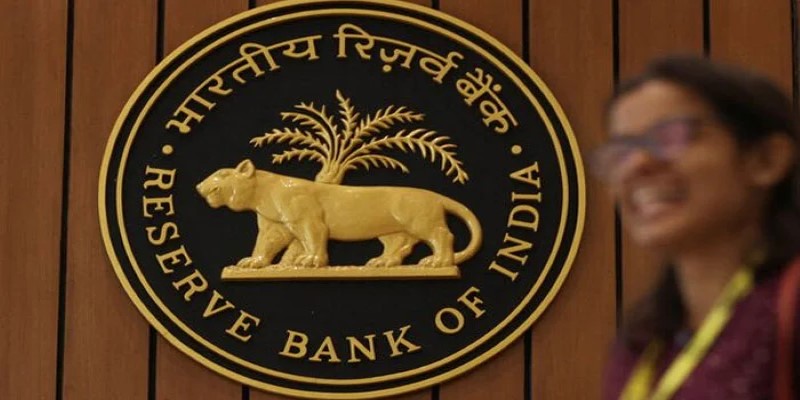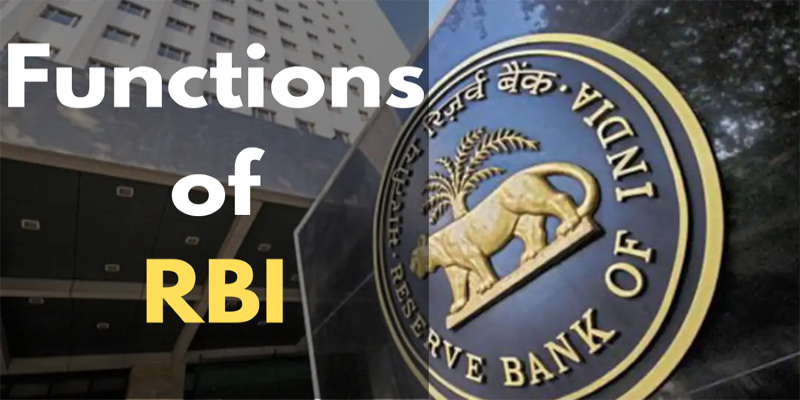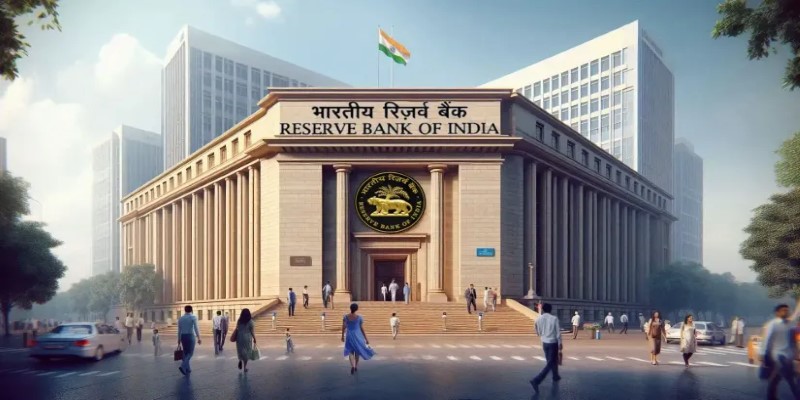The Role of the Reserve Bank of India: A Look Inside the Nation’s Financial Backbone
Imagine India as a market. The marketplace is full of people going about their daily business of buying and selling goods, exchanging money, and dreaming about their better futures. There should be some way to have an invisible guide that keeps the marketplace balanced and running in order. In the case of India, this invisible guide takes the form of the Reserve Bank of India. The RBI is so much more than a bank; in fact, it's the savior of the country's economy. From the money in the pocket to the loans that begin industries, everything runs smoothly. What does it do, and why is it essential? We need to examine how it works and what influence it has on our daily lives so that we can understand its real importance.

Origin and Organization of the RBI
Reserve Bank of India: This was the first regulatory body for the Indian economy to be formed during the British colonial period. It came into being on 1 April 1935 through the Reserve Bank of India Act, though its head office began in Kolkata and later shifted to Mumbai in 1937, where it still is today.
The RBI's structure differs from that of other commercial banks. Unlike other commercial banks, it is not privately owned. Instead, it is owned by the central government of India, which is an institution that operates independently and for a public purpose. The RBI operates through a central board of directors consisting of central government officials, financial experts, and industry representatives. The governance structure thus allows decisions to be made with both public interest and technical expertise in mind.
The Core Functions of the Reserve Bank of India

1. Issuer of Currency
The Reserve Bank of India is the sole authority for issuing currency in the country, except for coins, which the government mints. By controlling the supply of money, the RBI ensures that inflation remains under control and the economy grows sustainably. The familiar notes in our wallets, stamped with the RBI's seal, symbolize trust in the nation's monetary system.
2. Regulator of Banks
Banks are the lifeblood of any economy, and the RBI ensures they operate safely and efficiently. It oversees their licensing, sets lending guidelines, and monitors their performance. By doing so, the central banking system ensures depositors' money is secure, and credit flows smoothly to businesses and individuals.
3. Custodian of Foreign Exchange
The RBI manages India’s foreign exchange reserves, which are critical for international trade and economic stability. Through the Foreign Exchange Management Act (FEMA), the RBI regulates currency exchange, ensuring a stable exchange rate environment that supports global trade.
4. Controller of Monetary Policy
Monetary policy is perhaps the RBI’s most visible role. Through tools like the repo rate and cash reserve ratio, the RBI controls the supply of money in the economy, influencing inflation, interest rates, and growth. For instance, when inflation rises, the RBI may increase interest rates to curb excessive spending.
5. Promoter of Financial Stability
Financial crises, whether caused by economic downturns or global shocks, can wreak havoc. The RBI acts as a stabilizer, intervening in markets, providing liquidity, and maintaining public confidence in the financial system.
6. Developmental Role
The Reserve Bank of India plays a pivotal role in promoting economic development, especially in rural and underdeveloped regions. It facilitates the growth of agriculture, small-scale industries, and other priority sectors by providing refinance facilities and policy support.
The Impact of RBI’s Policies on Daily Life
The decisions made by the Reserve Bank of India ripple through every corner of the economy, touching lives in ways both big and small. For individuals, the RBI’s policies influence loan interest rates, making home ownership or business expansion affordable—or expensive. For businesses, the central banking system provides the framework for credit access and economic forecasting. Even something as routine as the price of vegetables at your local market is indirectly affected by the RBI’s inflation control measures.
Additionally, the RBI’s commitment to financial inclusion has driven initiatives like promoting digital payments and providing banking services in rural areas. Programs such as Jan Dhan Yojana, which aims to expand financial services to underserved populations, align closely with the RBI’s goals of building an inclusive economy.
Challenges and Future Outlook
While the RBI has played a pivotal role in India’s economic growth, it faces challenges in an increasingly complex global and domestic environment. Evolving technology in the financial sector and geopolitical uncertainties all demand innovative approaches.

Balancing growth and inflation remains a tricky task. During periods of economic slowdown, the RBI must stimulate growth without triggering runaway inflation. On the other hand, during high-growth periods, the economy needs to be prevented from overheating.
The future will likely see the RBI embracing new tools and technologies, from digital currencies to advanced data analytics, to meet the demands of a rapidly changing financial landscape. At the same time, its core mission of ensuring economic stability and financial security will remain unchanged.
Conclusion
The Reserve Bank of India is much more than a regulator—it is the heartbeat of the Indian economy. From shaping monetary policy to ensuring financial stability, it plays a role that touches every Indian, whether they are aware of it or not. As the nation evolves, so does the RBI, constantly adapting to new challenges while safeguarding the financial ecosystem. In understanding the Reserve Bank of India, one gains not only an appreciation for its complexity but also a deeper insight into the economy that surrounds us. So, the next time you hold a rupee note or hear about interest rates changing, remember the RBI is at work, ensuring that the marketplace of our nation remains vibrant and strong.












